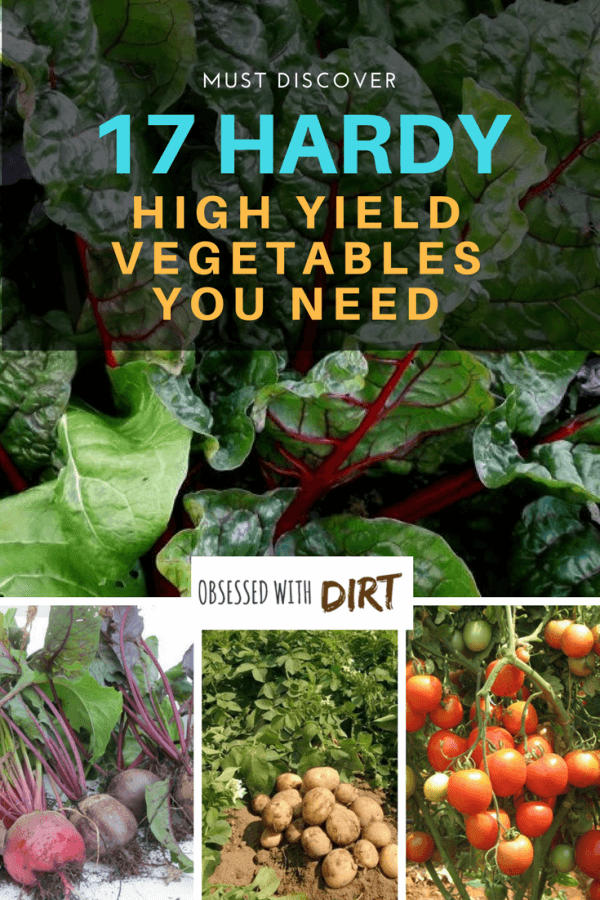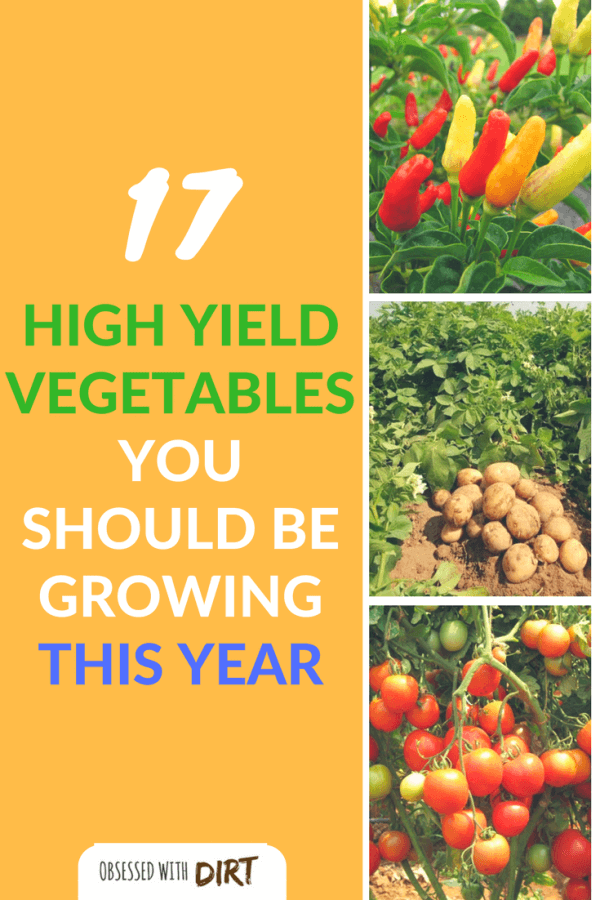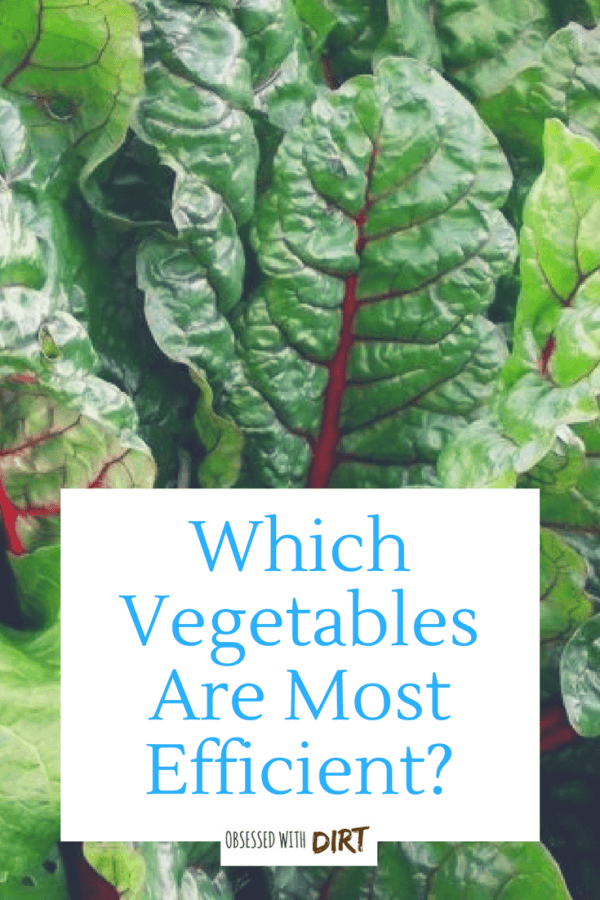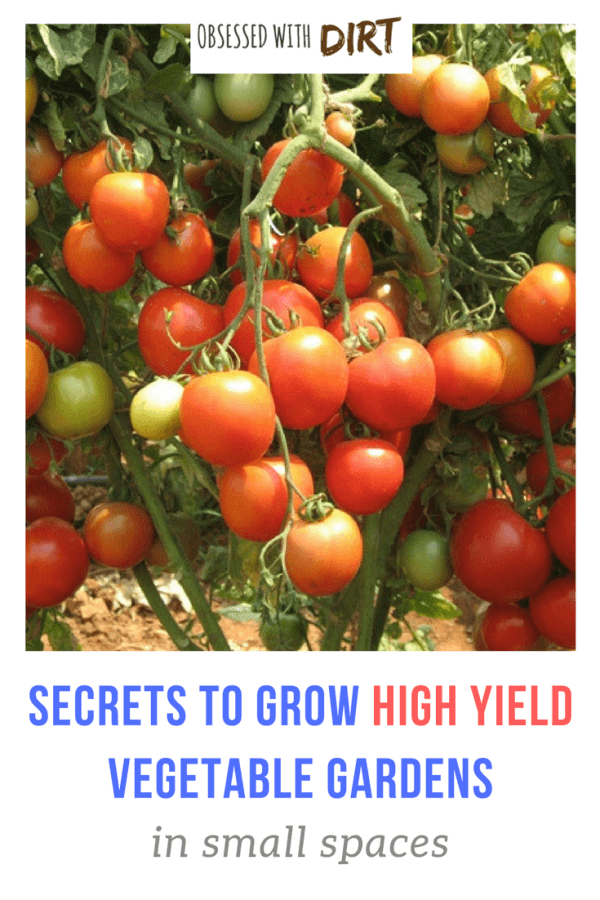High yield vegetables are great for gardeners with small spaces. Gracing your dinner table with produce from your own garden definitely enhances the flavor of the food. It gives you a sense of pride, contentment, and joy.
To enjoy fresh fruits and veggies, you do not need a large backyard. A small space will also suffice. I have compiled a whole list of fast-growing, high-yielding vegetables to meet your gardening goals.
Believe me when I say that space is not an issue; all you need is passion and patience. Don’t let your small garden keep you from growing lots of healthy vegetables. To top it all off, growing your own veggies is a better alternative to the rapidly increasing cost of food. It also makes you more conscious of healthier food choices.
A lot of the plants on this list can be easily grown in containers as well (smart pots are excellent for this). So if you have a small patio or a deck, you are good to go. An added perk of starting small is that you won’t give up halfway since you won’t be taking on too much at once.
Shallots
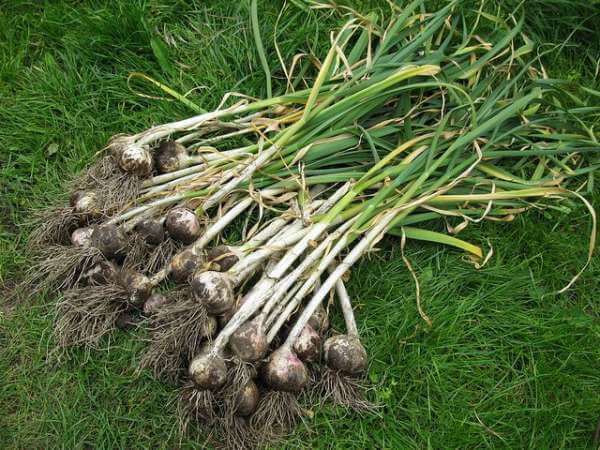
Shallots, a member of the onion family, give a nice taste and texture to dishes and a fresh crunch when added to salads. It is fairly easy to plant; a single immature bulb can yield as many as five or six shallots. You can also easily store it during the winter.
Purple shallots are the best variety to grow. They are sweeter and higher in nutrients than the white variety.
Tomatoes
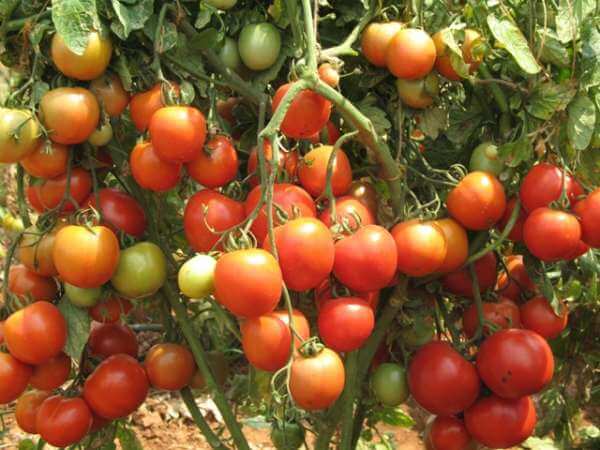
A sunny spot and a container are all you need. Grape or cherry tomatoes are easy to plant and yield a cluster of fruits within a few days. Cherry tomatoes are especially easy to grow since you can grow them in hanging baskets, beds, or borders.
Sweet Million is by far the most productive tomato we’ve grown. It’s great for small yards, as it produces heaps of cherry tomatoes all season long.
Carrots
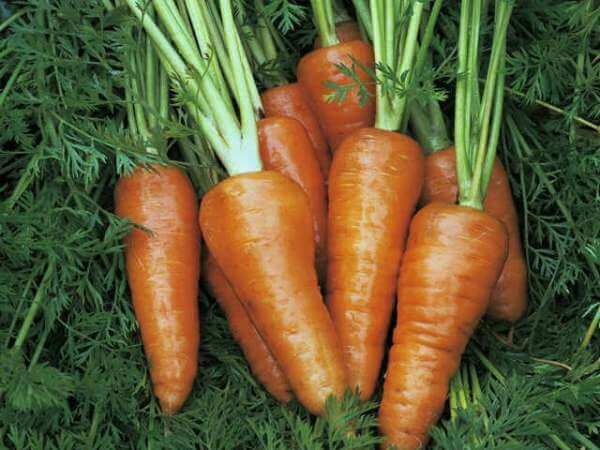
Grow carrots in 2 or 3 small rows in the ground, or use a rectangular tub. Make ½ inch depressions that are 3–4 inches apart, now sow 2 seeds in each. Water your plant and wait patiently; carrot plants do not like to be disturbed. You will see true leaves appear after a while.
Snip off the weaker ones with the help of sharp scissors. Do not try pulling out the leaves, as it can disturb newly formed seedlings. When carrot tops become visible, just layer up with more soil. You can enjoy sweet, tender carrots in about 2–3 months.
Nantes carrots are an old and reliable favorite for backyard gardeners.
Cucumbers
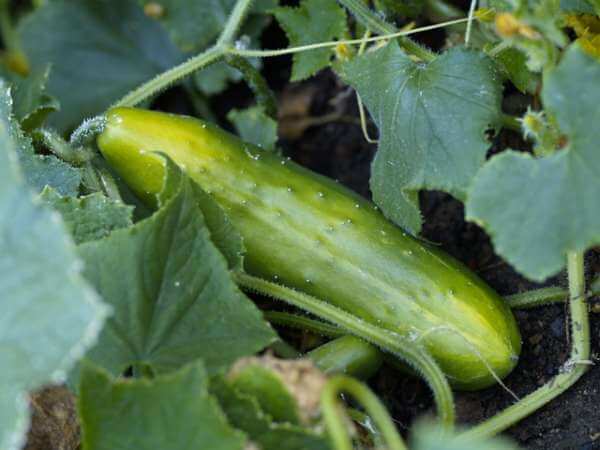
All cucumbers need is a little support, lots of water, and some sunshine. Rich compost will also aid in high yields and fast growth. In a few weeks, you will have amazing cukes at your disposal.
You can train vine varieties along the roof trims or stretch them in between two poles with the help of a string. Harvest it regularly to avoid weighing down the vines. Compact or bush varieties thrive in containers.
David’s Garden Slicing Diva cukes are very productive and grow small and compact.
Potatoes
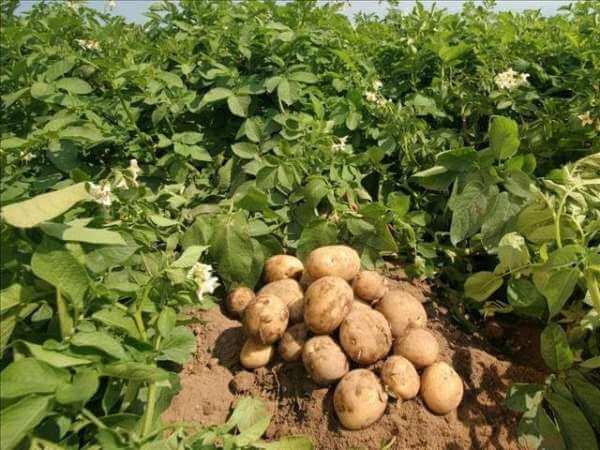
Potatoes are an excellent choice for a small garden. They can grow perfectly well, even in a container. You will need a flexible container with good drainage, like plastic, grow bags, or potato bags. Fill the container halfway up with some good quality, loose potting mixture. As you see small potatoes forming on the roots near the surface, just cover them with more soil.
As a rule of thumb, you can grow up to five plants in a 5-gallon pot. At harvest time, just overturn the bag and shake it to get out the potatoes.
Kennebec potatoes are one of the best varieties for pest resistance and high productivity. Just one tuber can yield 15 or more spuds at the end of the season (that’s 50% more than most varieties).
Potatoes are great for container gardens.
Zucchini
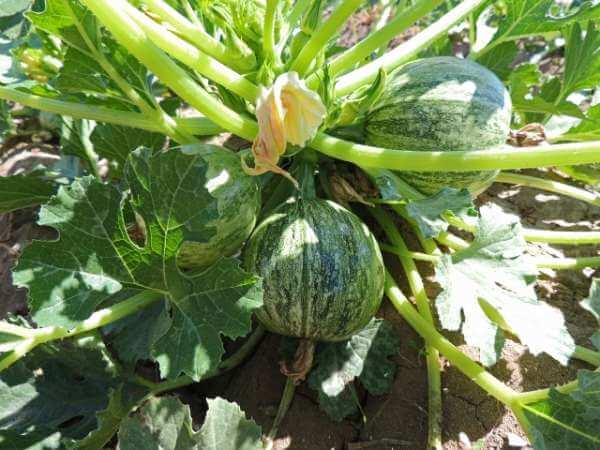
Zucchini is healthy, nutritious, and matures very quickly. Depending on the amount of sunlight that your garden receives, a single plant of zucchini can easily feed a family for weeks. You can grow the plant in a container.
A single plant of zucchini can easily feed a family for weeks. It's just one of these super high yield crops for small gardens.Click To TweetDue to zucchini’s habit of growing everywhere, some gardeners tend to grow them vertically on trellis or supports so that they can conserve as much garden space as possible. Add multipurpose compost to your soil and put the container in a sunny spot. You will enjoy fresh zucchini in no time!
I grow Black Beauty Zucchini almost every year, and they never disappoint!
Beets
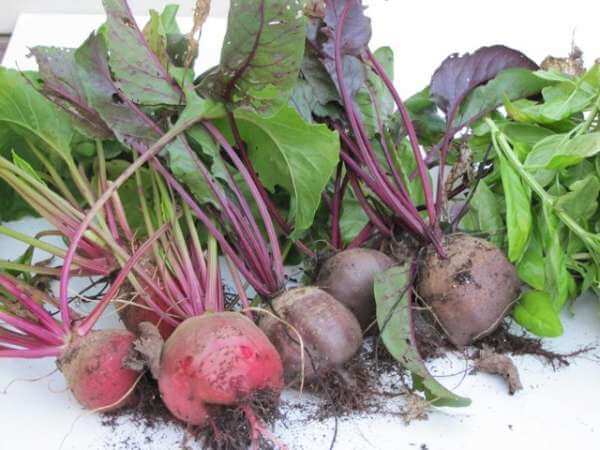
Beets are another useful vegetable that you can grow in a small space. Even the green leaves of beets are edible, so nothing goes in vain. Sow the seeds 3–4 inches apart and water regularly. Since beets are considered a root crop, they can be grown in partial shade or full sun. It grows to maturity in approximately 55 days, so the garden space is vacated relatively quickly.
Detroit Dark Red is a fast growing, juicy, and tender beet. If you haven’t grown it before, then I certainly recommend it!
Swiss or Rainbow Chard
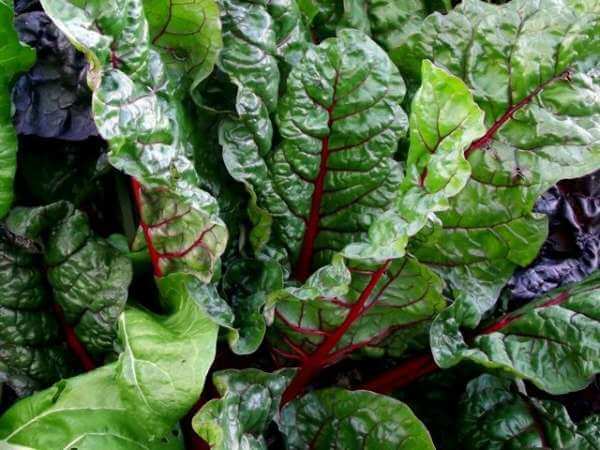
One can never put enough emphasis on the benefits of leafy, green vegetables. Plus, planting them is a productive use of small space, and they give off leaves for a long time during the season. It’s also an ornamental plant, so growing it at the edges of your garden will provide you with a beautiful and harvestable landscape.
If you want a high yield, then forgo the bright and colorful chard varieties and grow Fordhook Giant. It’s massive, with leaves reaching up to 3 feet across!
Salad leaves or Lettuce
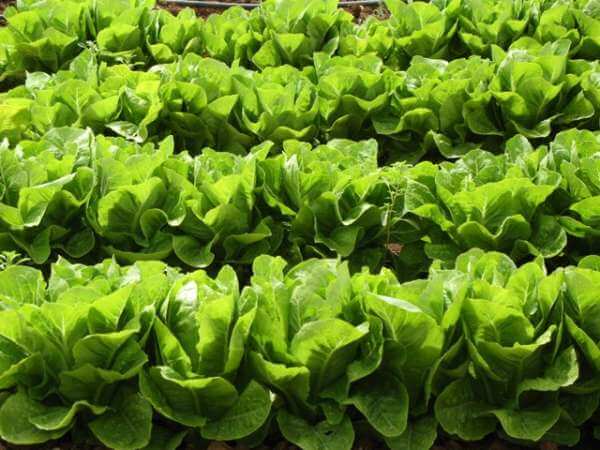
If you love greens, just like me, you will definitely want to grow lettuce. As long as you don’t damage the crown, you can continue to pluck leaves all season. Some varieties that can easily be grown include mesclun, oak leaf, and red sails.
Plant the seeds 6 inches apart. You can also use a container or a pot. Remember to harvest leaves regularly on the leafy-ones. On the other hand, cabbage heads should be harvested as a whole.
Lettuce lovers collection has some great continuous picking varieties that you can harvest again and again over the season. There’s a few heading lettuces too, but they are slow to bolt and can be harvested weeks after they head up.
Kale
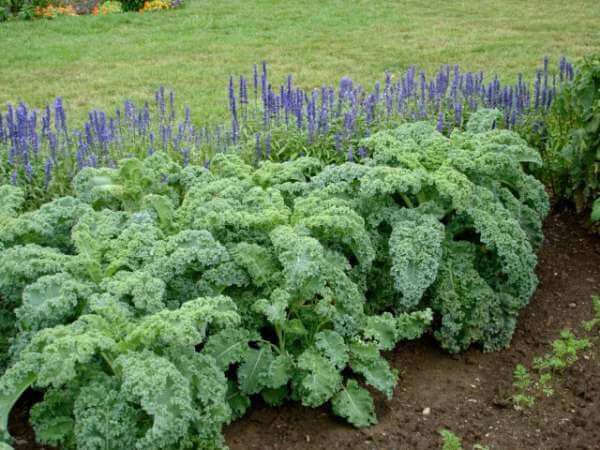
Instead of stripping the whole plant bare, just remove a few leaves from each plant, and you will be able to enjoy kale all summer until early spring. As kale is a perennial plant, it has a policy of being planted once and harvested repeatedly. Kale does not take up a lot of space and requires minimal effort to grow. From Tuscany to curly greens and Russian to scarlet, the diverse varieties of kale always keep you entertained!
Dinosaur kale is my all time favorite. It’s almost impossible to kill and has the most nutrients of all the different kale varieties. You can practically sow and forget this tough but tender green-leaved plant.
Peppers
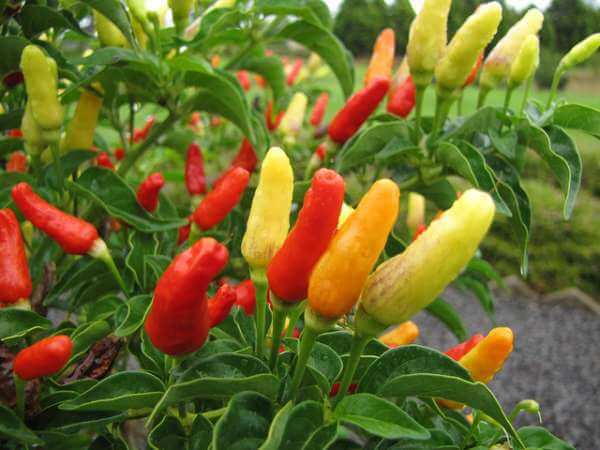
What makes peppers an ideal plant for a meager garden plot? For one, they grow up, rather than out. Second, their different colors and sizes make them perfect ornamental plants. If you plan to grow them in a pot, keep the pot outside for maximum sun exposure and bring them in when the nighttime temperature becomes low.
If you plan to grow them in open space, choose a spot where the colors of the pepper will brighten the mood of your miniature garden and provide you with a bit of beautiful scenery.
Peppers come in all sizes and shapes. The most productive among them is California Wonder Bell, which has great pest resistance and grows big, juicy peppers quickly.
Radishes
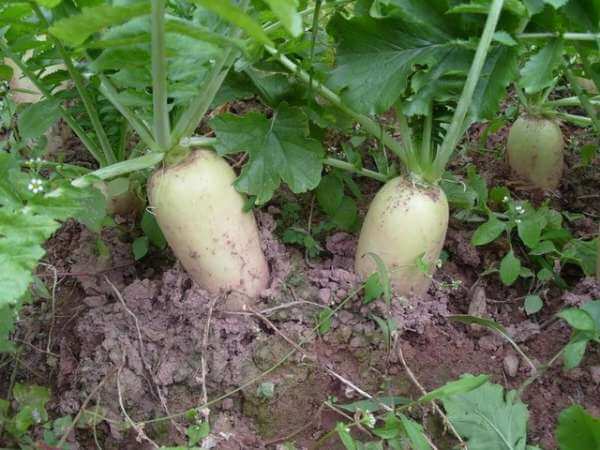
While planting radishes, use a rich compost mixture, sow seeds 2–3 inches apart. Little sprouts will begin to appear in about 3 to 4 days. You can enjoy tangy, bright, and delicious radishes in about 30–35 days. Radishes are really quick to grow, so you can replant their spot with some other plant after you are finished harvesting them.
All radishes are fast growing, but my favorite is early scarlet. It has bright red bulbs and a delicate, peppery taste.
Radishes are great for beginner gardeners. For more easy to grow beginner gardener crops click here.
Herbs
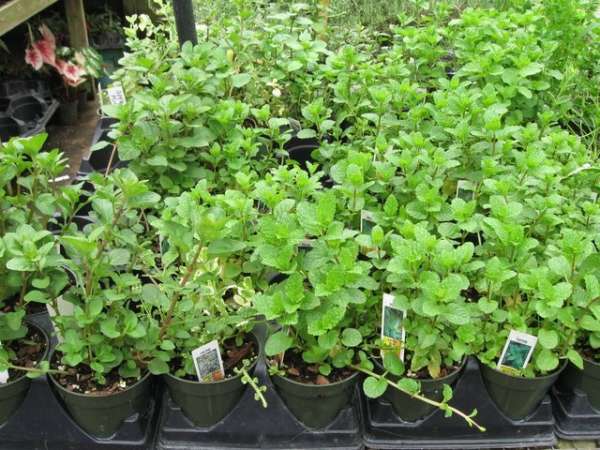
Herbs add flavor and taste to the blandest of dishes. Plus, they can easily be fitted around different plants because they don’t have trouble sharing spaces with other plants. Grow an array of herbs to savor different tastes.
- Oregano: One or two plants of oregano are enough to fill your kitchen needs. Oregano enjoys the sun, so choose a sunny spot for them. If you grow them in a pot, make sure that you put the container under the sun every now and then.
- Mint: A mint plant is an essential for every kitchen. It loves plenty of water and rich soil. Mint has a tendency to spread like wildfire, so it is best to either grow it in a pot or keep a close eye on it if you sow it in the ground.
- Parsley: Parsley does well in partial shade, so you can easily grow it in a spot that does not get too much sunlight. In a pot, it can be grown all year. The curly-leaved variety is mildly flavored, while the flat-leaved variety has a very strong flavor and fragrance.
- Chives: As compared to other herbs, chives do not spread out everywhere, so they are relatively neat plants. Purple-pinkish flowers contrast beautifully with thin, deep-green leaves, presenting a remarkably enticing picture. Container grown plants can be kept going all year. The garden variety dies off as the season ends, but regenerates during the next season.
Squash
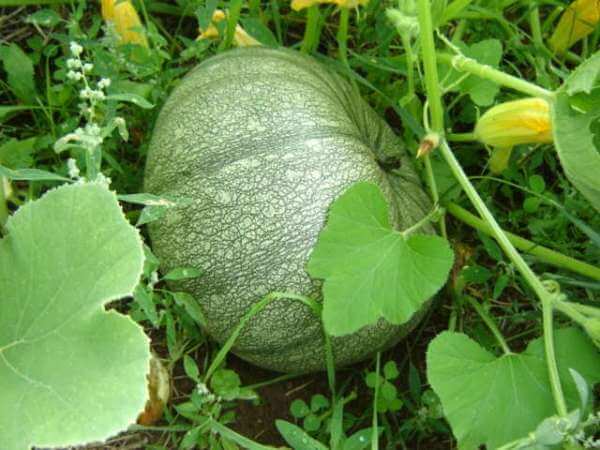
Squash are known to have messy vines that can take up valuable garden space. Luckily, with the vertical growing method, this is no longer an issue. The easiest option is to build a trellis, and when your squash is sufficiently big, gently weave it around the trellis. Though do remember to place the trellis in a sunny place. Now you can have both squash and space.
If you’re tight on space, then try growing this space saving Honey Butternut Squash.
Peas
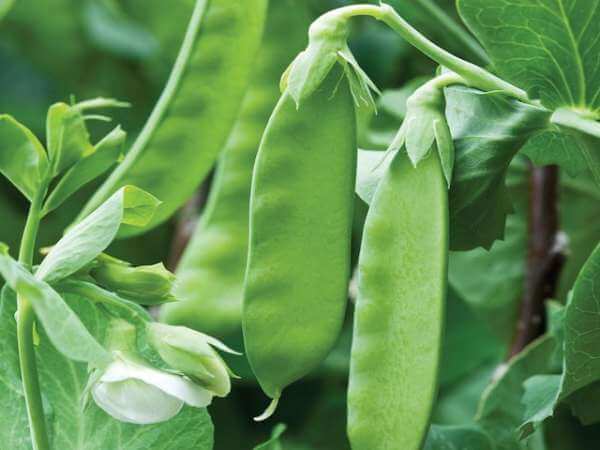
Peas are supposed to be planted 1 inch deep and 2 inches apart if you’re directly planting them in the ground. However, it is best to use containers, or if you prefer, use supports to vertically grow them. This has the advantage of not only controlling the growth of the peas but also preserving space in your garden. Since they grow best in the cool season, you can plant and harvest them before summer comes, at which point you can recycle the space by planting something new.
Sugar Snap green peas are easily the most productive and reliable growers here in the US. The pods can get as big as 4 inches in length, too! Just make sure you pick them when they are still tender.
Pole Beans
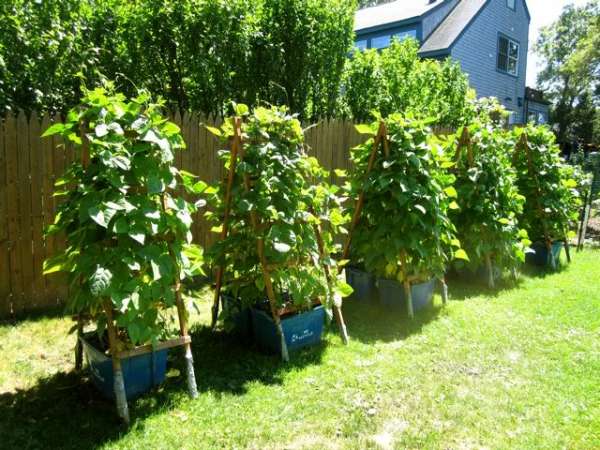
The best part of pole beans is that they are grown vertically and tend to sprout in much greater quantity than when planted, so you can have a good yield in a small space. The perfect way is to wind them up on a trellis. When properly grown, they make a great addition to a healthy meal. With regular harvesting, pole beans should bear all summer.
Runner Beans
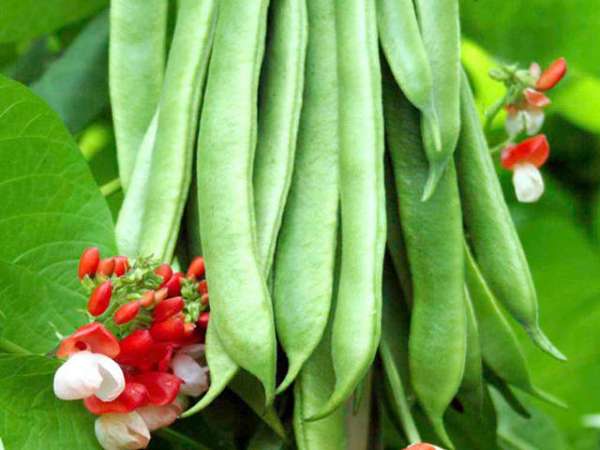
Runner beans are easiest to grow on supports, as they tend to grow quite big. It’s actually best to plant them in small pots, and when they reach a proper size, transfer them to your garden with tall, firm supports.
The red leaves of the runner bean provide your garden with some beauty and color as well. Plus, they are quite expensive in stores. When harvesting, make sure that the beans are harvested before they reach a length of 25 cm to ensure that they are tender.
Scarlet Runner is one of my all time favorite crops to grow. From one tiny little seed, you can grow a huge, productive vine with an endless supply of tender beans!
Tips for Growing Vegetables
- Grow vegetables that you like. There is no sense in putting effort into growing vegetables that you don’t like. Why plant kale when you can’t stand its taste?
- Choose plants that will continue bearing vegetables all season long. For example, plant leafy vegetables from which you can harvest a few leaves continuously. Moreover, peas and beans are also excellent choices, as they will keep on producing the more you pick them.
- Experiment with growing different varieties. Try growing vegetables that you commonly do not find on supermarket shelves.
- Most importantly, be patient. You may not get bucket loads of veggies on your first try, but don’t be discouraged. You’ll get a hang of it soon enough.
- You can also grow some edible flowers in your small garden. They enhance the beauty of your garden and can be used as flavor enhancers in dishes. Companion plants such as Calendula, borage, etc. would be a nice addition. They attract pollinators and also act as sacrificial plants that pests eat first, thus leaving your veggies alone.
The high yield vegetables listed above will ensure you make the most of your small garden space. By growing crops that produce big harvests with little effort, you’ll have more time to focus on your other, more demanding crops. The quality and quantity of your harvests will greatly improve.
To really boost the production of your crops, apply liquid fish emulsion every 2–3 weeks. Not only does it feed the plants, but it also improves the flavor and helps protect against pests!
If you’re short on space, try growing your crops in containers! Check out the 15 Best Container Gardening Fruit To Grow For Huge Harvests
- Everything You Wanted to Know About Red Tamarillos - June 2, 2025
- A Guide to Tulips: Everything You Need to Know & More… - June 2, 2025
- Guanabana: Description, Flavor, Benefits, And Uses - May 27, 2025

